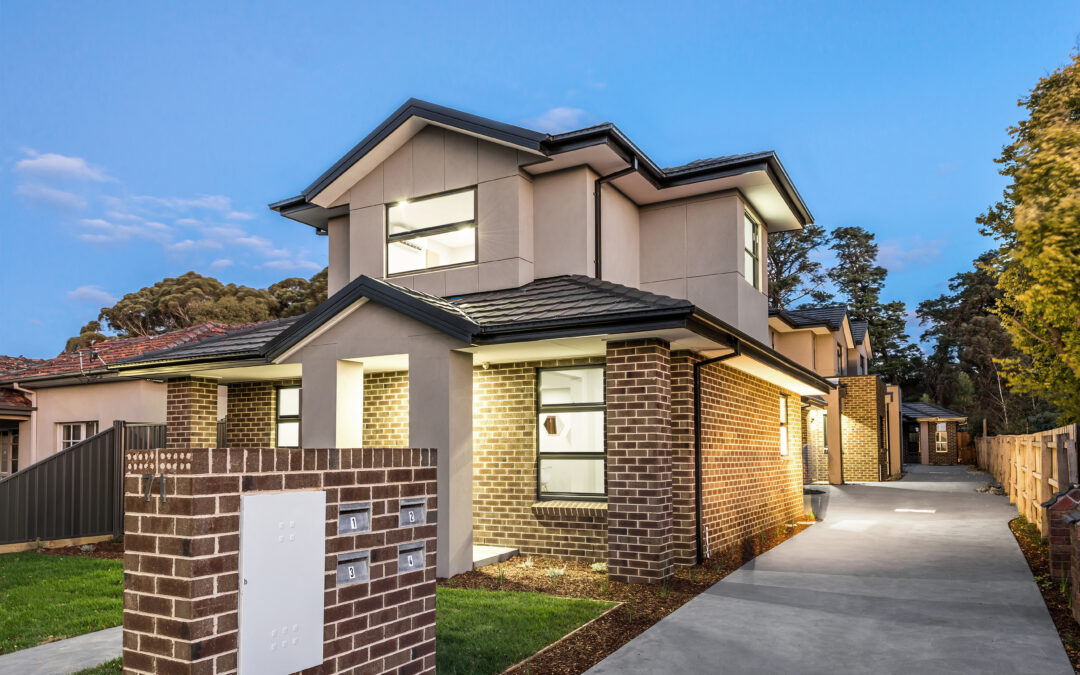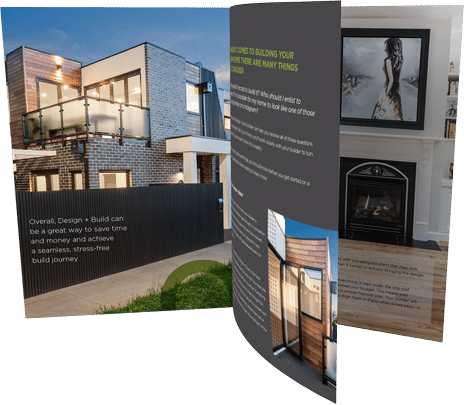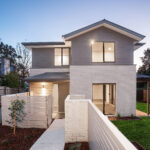At the time of the last Census in 2011, one in five Aussies lived in a multigenerational household. This phenomenon only continues to rise in popularity, as the older generation live longer and younger generations struggle to get their feet on the property ladder.
Designing a home that suits the homeowners, their growing children and potentially parents requires a bespoke approach, inspired by flexibility, privacy and autonomy. The secret to success is in the easy flow from one space to the next, balancing independent space with family living.
Here are our top considerations when it comes to designing a home for multiple generations.
Privacy
A multigenerational home needs to include spaces that each generation can lay ownership to, outside of the core communal areas. After all, different points of life mean different rituals and preferences – and they won’t always complement each other! This doesn’t mean a pokey design with walls and doors – it could be as simple as integrating sliding doors, a screen or even a curtain to give each occupant a sense of control when it comes to interacting with everyone.
Alternatively, multiple suites could be created within the home, with ensuites, a dressing area and some sort of small relaxation area, such as a reading nook or sitting area. This gives every occupant a place to call their own, while also offering the community of shared spaces, such as the kitchen and dining rooms. Having multiple living areas can also go a long way – one for the kids, one for the older adults and one where the whole family can come together.
Flexibility
As a family grows and changes, so should the rooms they occupy. Flexibility is key in a multi-generational home, with the freedom to close off spaces to suit different needs.
With the right approach, a spare room can transform into a play space, yoga studio, home office or hobby room, satisfying the needs of every generation under your roof. The key to these quick transformations is storage – having designated areas for everyone to store their equipment/toys/tools means the space can adapt to the ever-changing needs of the household.
Accessibility
Aging adults require a special approach when it comes to designing your home. Instead of applying these principles in every space, take it one room at a time, starting with a step-free bedroom and bathroom on the ground floor. In communal areas such as the kitchen, look to install a table height island that you could roll a wheelchair to and ensure some storage is at table height or lower for easy access.
Hallways and entry and exit points are often where many people slip up – make sure there is enough space to navigate a wheelchair, or simply share the space with someone else, ensuring no traffic jams!
Grab bars might be the obvious inclusion in a bathroom, but a toilet at the right height and curbless showers are also key for comfort.
Smart design
Multi-generational homes require a little out-of-the-box thinking when it comes to space. Turn traditional ‘dead ends’ into additional entry and exit points for a sense of independence – it’s likely that not everyone will be on the same schedule. Storage is also a key feature – look for built-in options that satisfy both form and function, ensuring that there is always a spot for everyone’s things.
Where you place your bedrooms is also an important issue to consider – ideally, sleeping areas should be at the edges of a home, with the communal areas in the middle. This will create a natural barrier that contributes to a sense of seclusion.
Sound
Acoustics aren’t the first thing you think of when it comes to designing a new home, but they play an important role in maintaining peace and quiet! Noise-deafening fabrics are a great way to soak up excess sound – think window treatments, wall coverings and soft flooring, as well as well-insulated doors.
–
Thinking about building a multi-generational home in Melbourne? Get in touch with the RODA team to find out how we can help!






